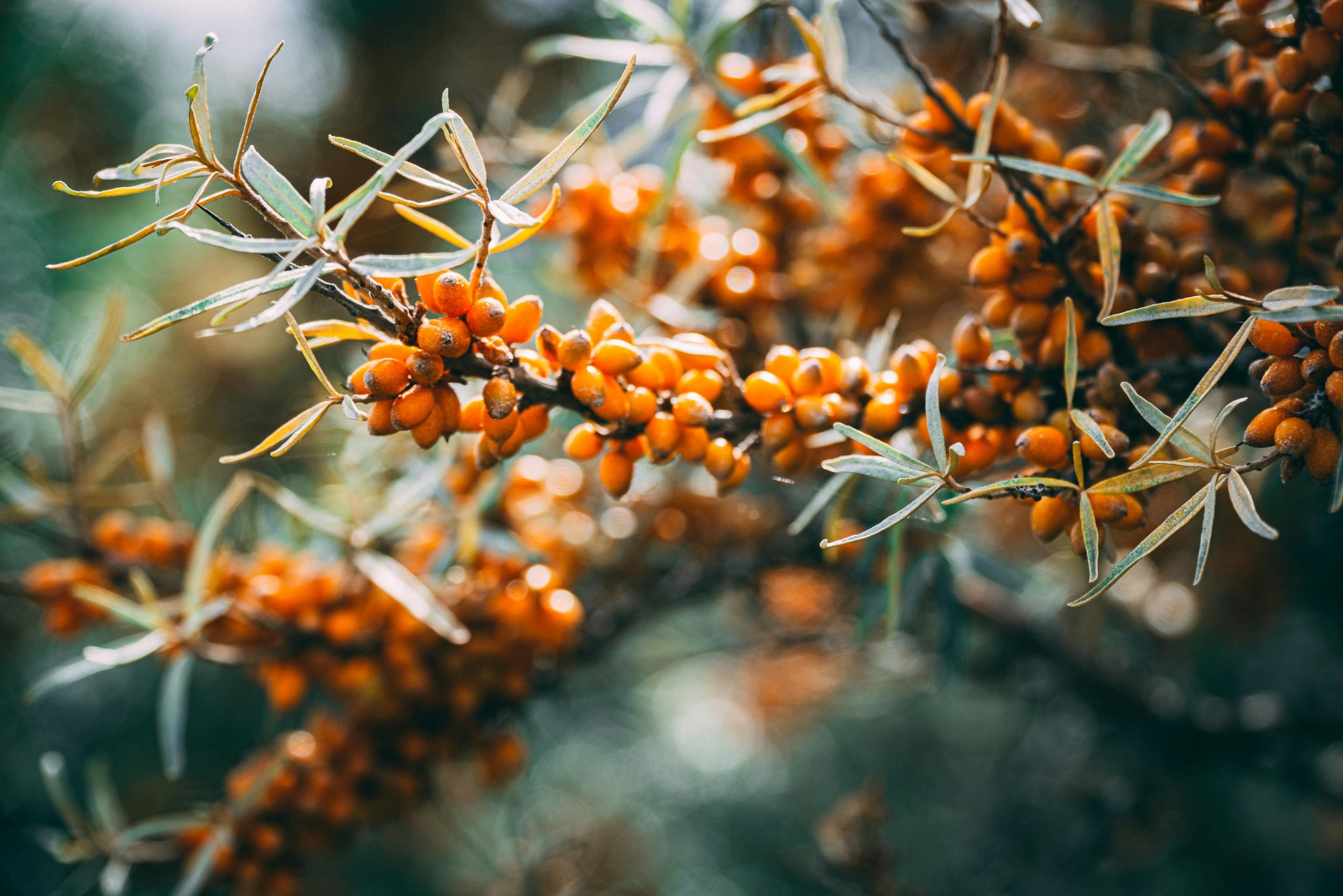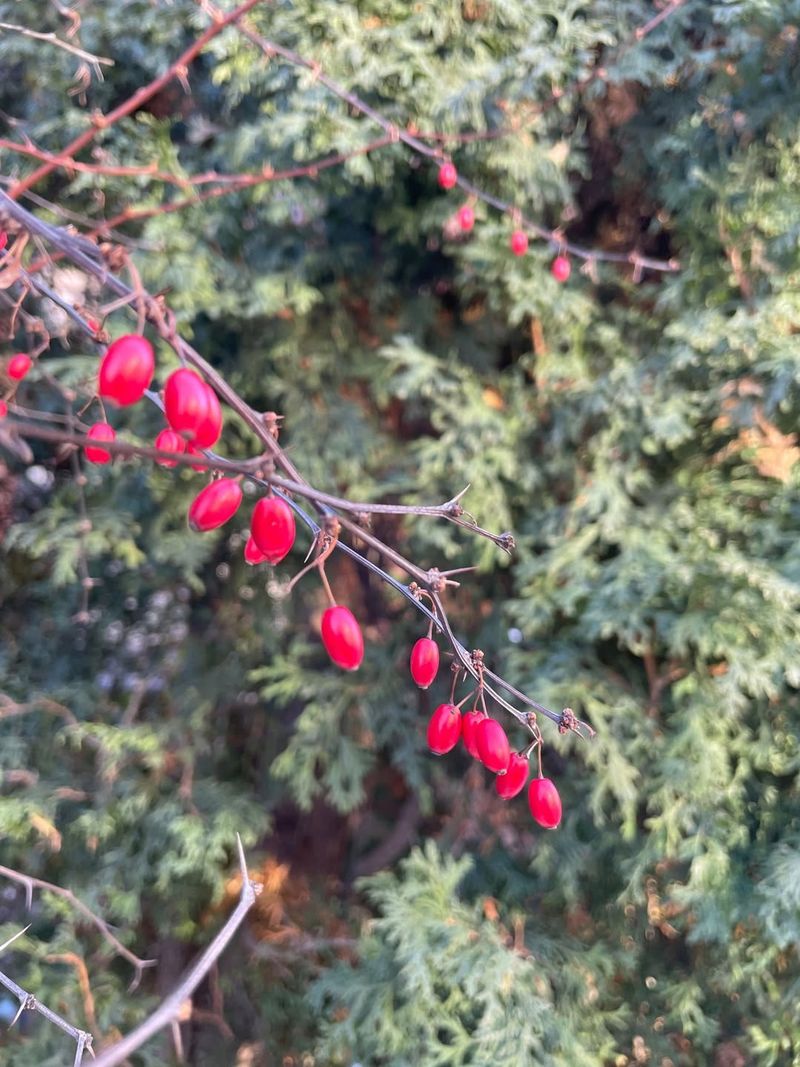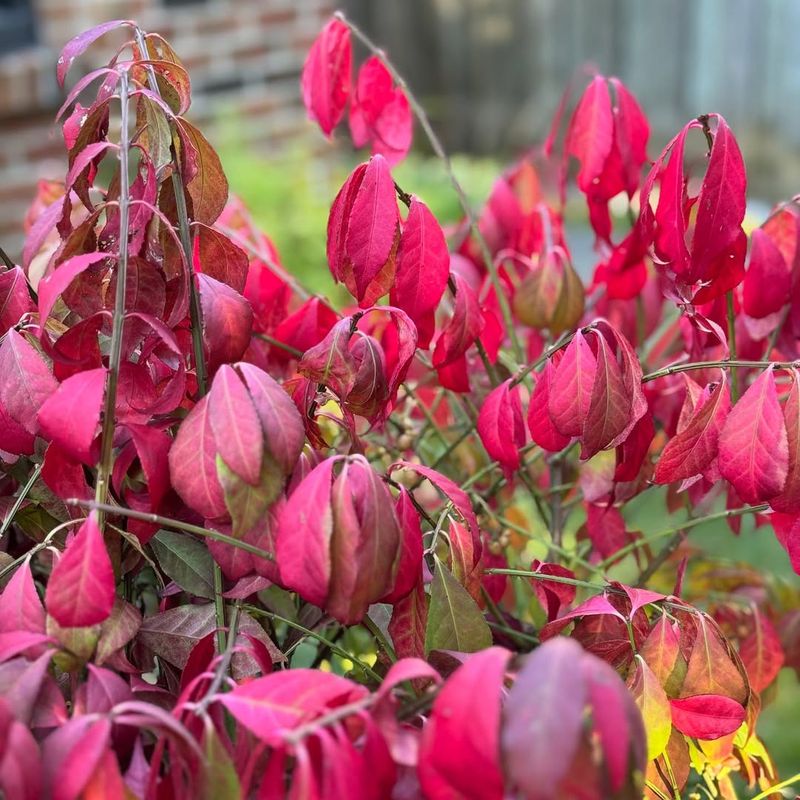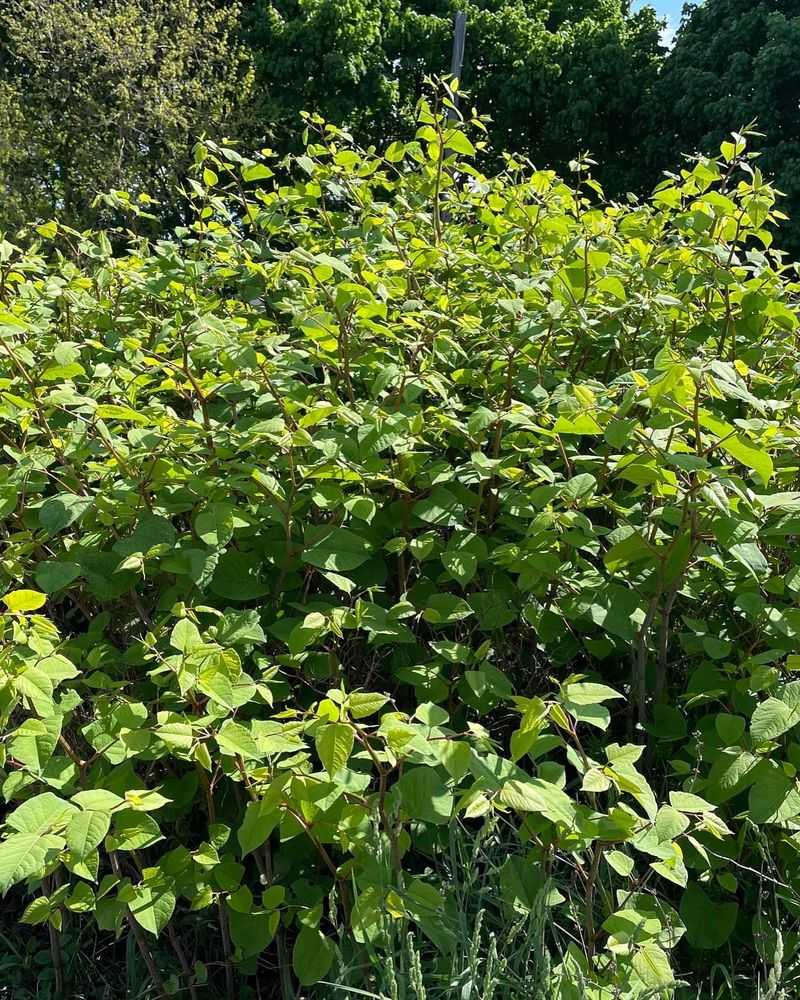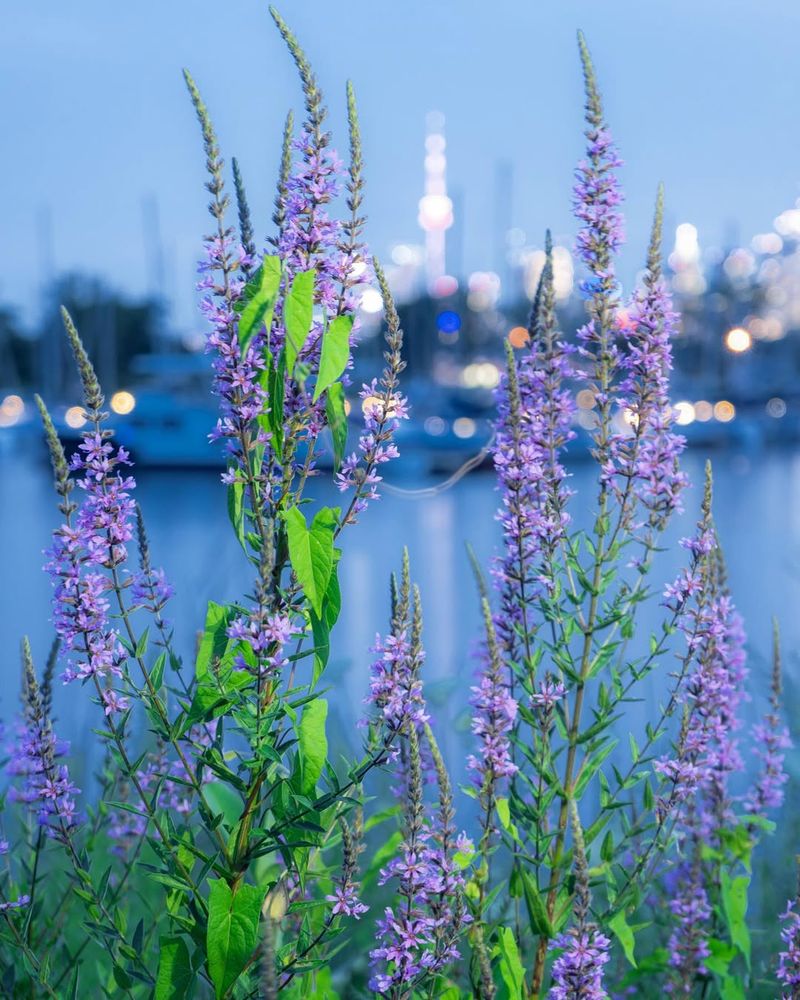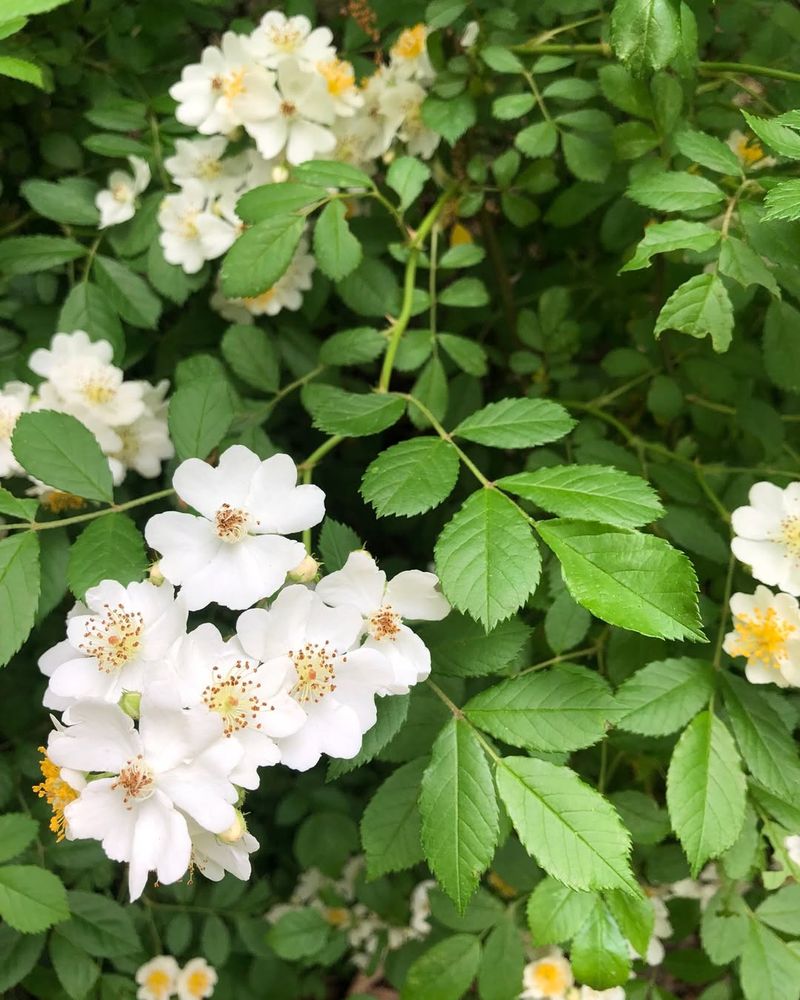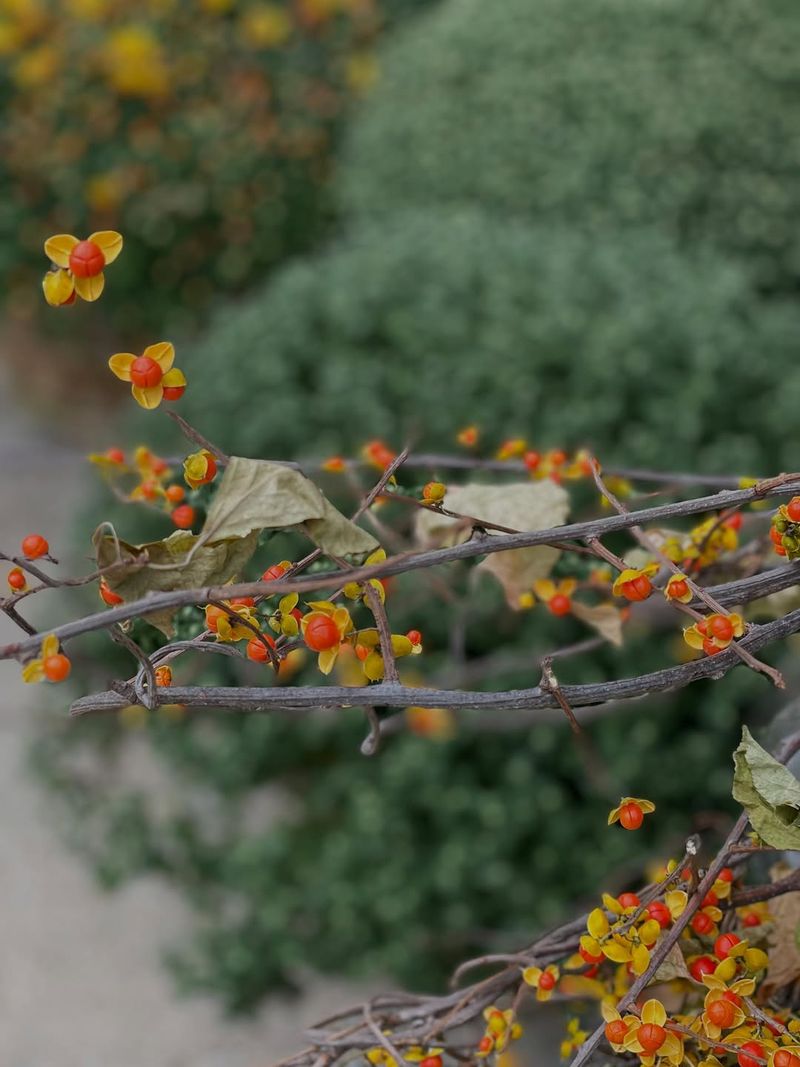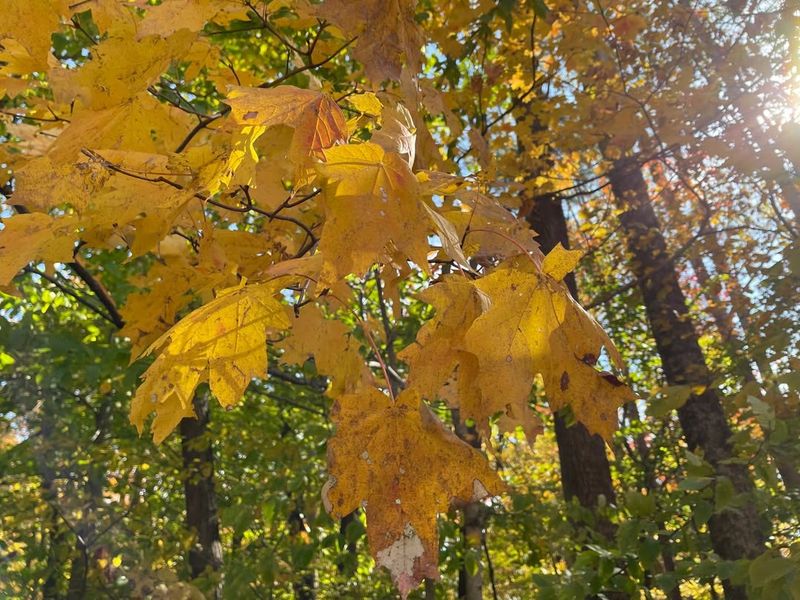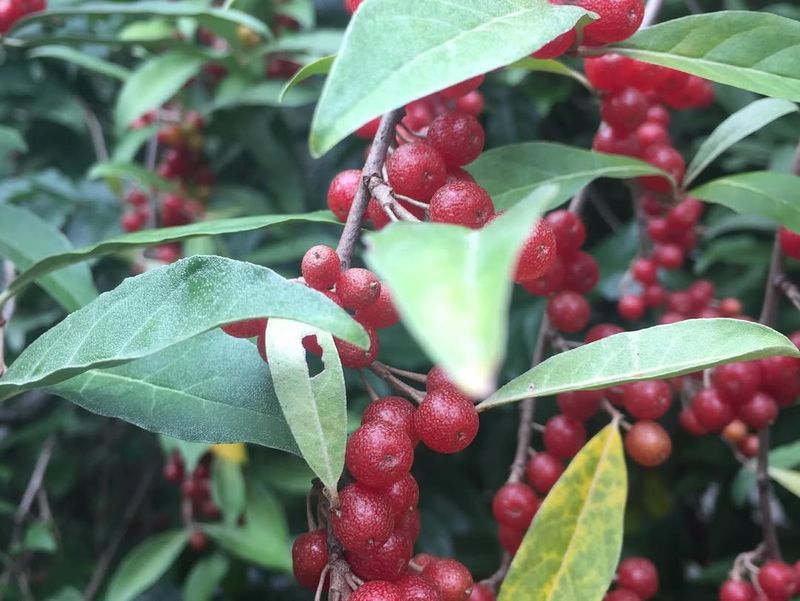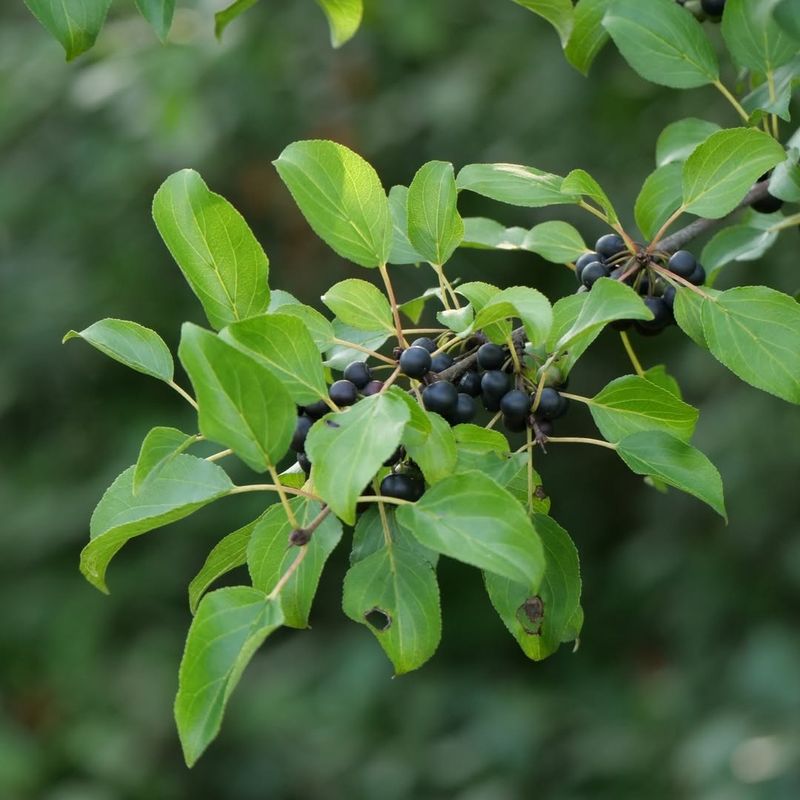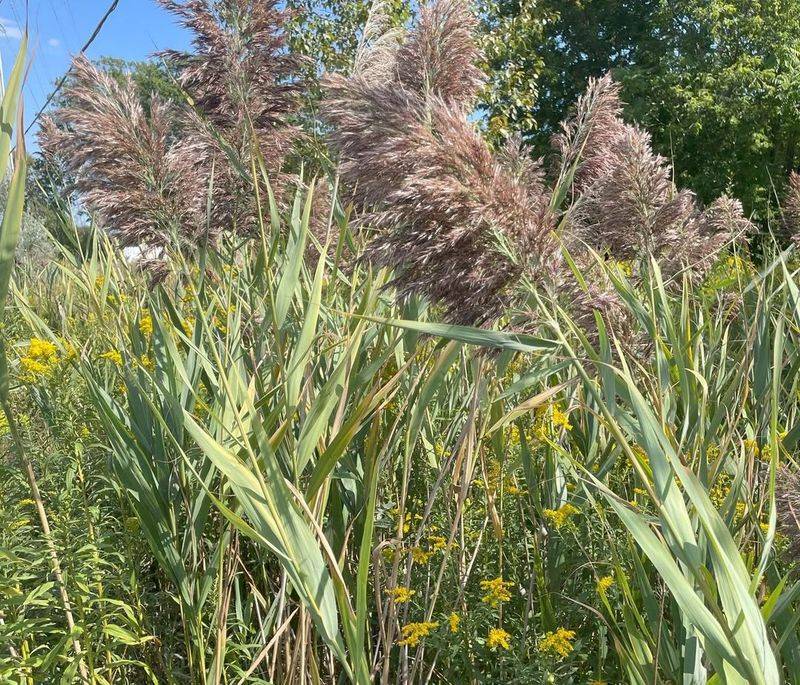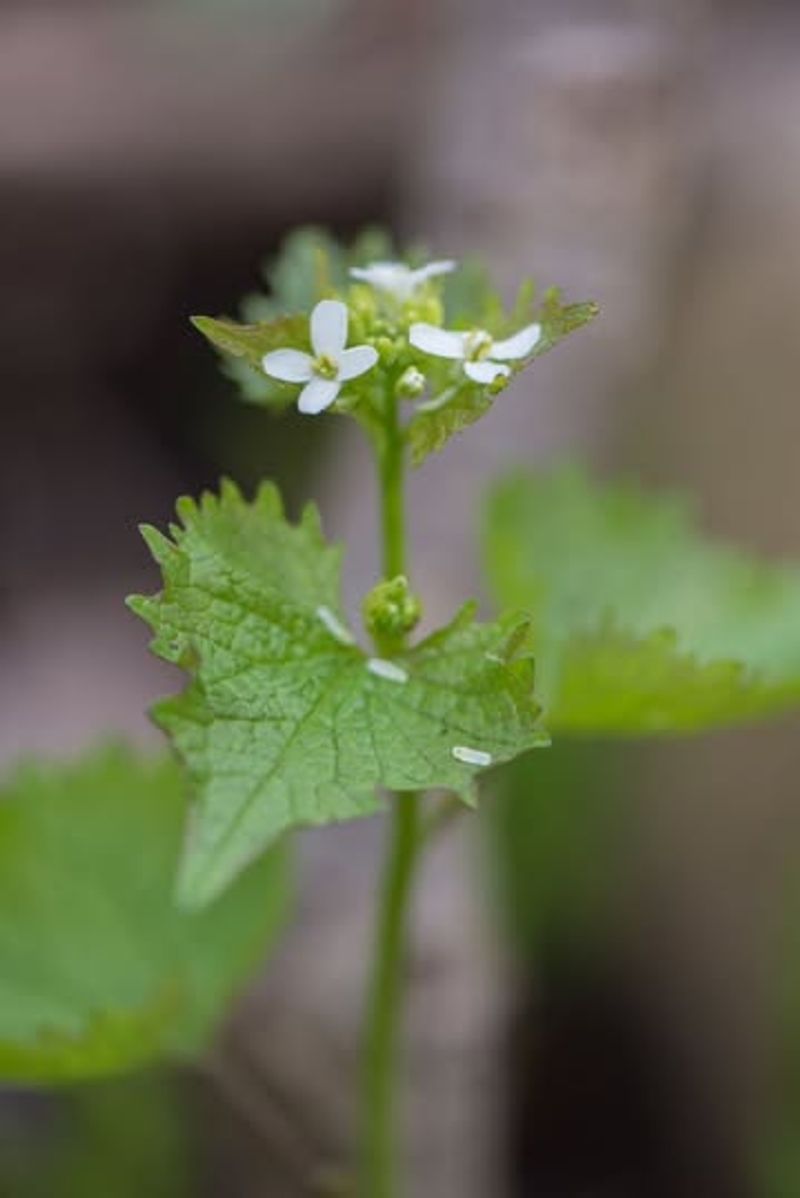Some plants don’t play nice. While they may look harmless, certain fast-spreading species are threatening Connecticut’s ecosystems—and may soon be banned.
If you’re planning your garden, it’s time to rethink what goes in the ground. These 11 invasive plants are on the radar for all the wrong reasons.
1. Japanese Barberry
Recognizable by its bright red berries and sharp thorns, Japanese barberry transforms quickly from garden ornament to ecological nightmare. Deer avoid eating it, giving the shrub an unfair advantage over native plants that wildlife actually consume.
Research shows areas dense with barberry also harbor more disease-carrying ticks. Removing established plants requires digging out the entire root system, making prevention far easier than cure for Connecticut homeowners concerned about their property.
2. Burning Bush
That spectacular crimson color in autumn comes with a hidden cost to Connecticut forests. Originally planted for its stunning seasonal display, burning bush escapes cultivation and spreads aggressively into woodlands.
Birds eat the berries and deposit seeds throughout natural areas, where the plant outcompetes native species. Native alternatives like Virginia sweetspire offer beautiful fall colors without threatening local ecosystems, making them smarter landscape choices for environmentally conscious gardeners today.
3. Japanese Knotweed
Few plants match the destructive power of Japanese knotweed once it establishes itself. Hollow stems resembling bamboo can grow through concrete, asphalt, and even building foundations, causing thousands in property damage.
A single fragment of root as small as your thumbnail can spawn an entirely new colony. Professional removal often requires years of persistent treatment, and some homeowners spend decades battling this relentless invader across their Connecticut properties.
4. Purple Loosestrife
Beautiful purple spikes fool many gardeners into thinking this wetland plant belongs near ponds and streams. Each plant produces millions of tiny seeds annually, allowing purple loosestrife to dominate marshes and crowd out cattails and other native wetland vegetation.
Waterfowl and wetland animals lose crucial food sources when this invader takes over. Connecticut wetlands need native plants to support healthy ecosystems, making purple loosestrife particularly problematic for waterfront property owners.
5. Multiflora Rose
Farmers once planted this thorny rose as living fence lines, never imagining the monster they were creating. Sharp, curved thorns make removal painful work, while arching canes root wherever they touch soil.
Birds spread seeds across pastures and forest edges, creating impenetrable thickets that block trails and smother native plants. Connecticut hiking trails frequently become impassable when multiflora rose invades, frustrating outdoor enthusiasts and land managers alike throughout the state.
6. Asiatic Bittersweet
Those attractive orange berries in fall wreaths come from a vine that literally strangles trees to death. Twining stems spiral around tree trunks with incredible force, eventually girdling and killing host plants.
Native bittersweet exists too, but the invasive Asian variety grows faster and more aggressively throughout Connecticut forests. Check carefully before harvesting berries for decorations, as collecting the invasive version helps spread this destructive vine to new areas across the region.
7. Norway Maple
Towering over many Connecticut neighborhoods, Norway maples create shade so dense that nothing grows beneath them. Native sugar maples face tough competition from this European import that tolerates pollution and compacted soil better.
Seedlings pop up everywhere, gradually replacing native trees in forests and parks. The thick leaf canopy blocks sunlight from reaching forest floors, preventing native wildflowers and seedlings from thriving in areas where Norway maples dominate the landscape.
8. Autumn Olive
Silvery leaves and abundant red berries make autumn olive easy to identify along Connecticut roadsides. Wildlife agencies once promoted planting it for bird habitat, not realizing how aggressively it would spread.
Nitrogen-fixing roots give autumn olive advantages over native shrubs, allowing it to thrive in poor soils where other plants struggle. Birds devour the berries and spread seeds widely, creating dense stands that exclude native vegetation from old fields and forest edges throughout the state.
9. Common Buckthorn
Dark berries and leaves that stay green late into fall distinguish buckthorn from native shrubs. European settlers brought it for hedgerows, never suspecting the ecological damage it would cause.
Buckthorn dominates forest understories, preventing native seedlings from establishing and reducing biodiversity. Its berries act as a laxative for birds, causing them to spread seeds even more efficiently across Connecticut landscapes. Removing buckthorn requires cutting and treating stumps to prevent vigorous resprouting.
10. Phragmites
Towering reed grass reaching fifteen feet tall dominates Connecticut marshes and roadside ditches. While native phragmites exist, invasive varieties from Europe spread aggressively through underground stems called rhizomes.
Dense stands provide poor habitat compared to native wetland plants, reducing food sources for marsh birds and other wildlife. Controlling phragmites requires persistent effort, as even small root fragments can regenerate. Many Connecticut wetlands face ongoing battles against this relentless invader.
11. Garlic Mustard
Crushing the leaves releases a distinct garlic odor, giving this forest invader its memorable name. Appearing harmless in spring, garlic mustard releases chemicals that inhibit native plant growth and disrupt beneficial soil fungi.
Each plant produces hundreds of seeds that remain viable for years, making eradication extremely difficult. Connecticut woodlands lose native wildflowers like trilliums when garlic mustard takes over. Hand-pulling before plants set seed helps control spread across your property.

